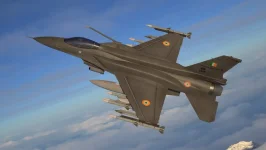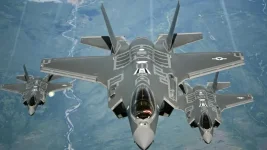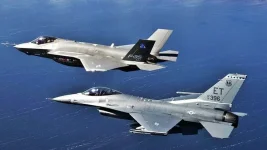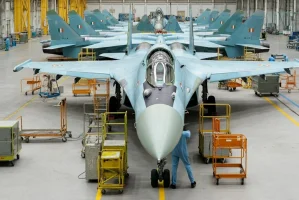- Views: 4K
- Replies: 50

U.S. defense giant Lockheed Martin has put forth a proposal to supply India with a customized C-130J Super Hercules transport aircraft designed explicitly for special operations. This offer aligns with the Indian Air Force's (IAF) tender for Medium Transport Aircraft (MTA).
Lockheed Martin aims to leverage the IAF's positive experience with the standard C-130J, which has already proven valuable for rapid deployment by India's National Security Guard (NSG). The proposed C-130J-SOF variant boasts further enhancements, catering to the diverse needs of special forces operations.
This specialized aircraft promises versatility, combining traditional transport capabilities with advanced features for combat search and rescue, infiltration, exfiltration, and mid-air refueling. Its ability to provide humanitarian relief adds to its wide-ranging utility.
Notably, the C-130J-SOF can transform into a potent combat asset when equipped with a 30mm cannon and precision-guided missiles, offering close air support and armed reconnaissance capabilities. Enhanced defensive countermeasures, sensors, and night vision capabilities will further amplify its operational effectiveness.
Lockheed Martin underscores the aircraft's adaptability and customization potential, allowing the IAF to tailor the C-130J-SOF to their unique requirements. This proposal signifies a considerable advancement in India's pursuit of a world-class special operations capability.





